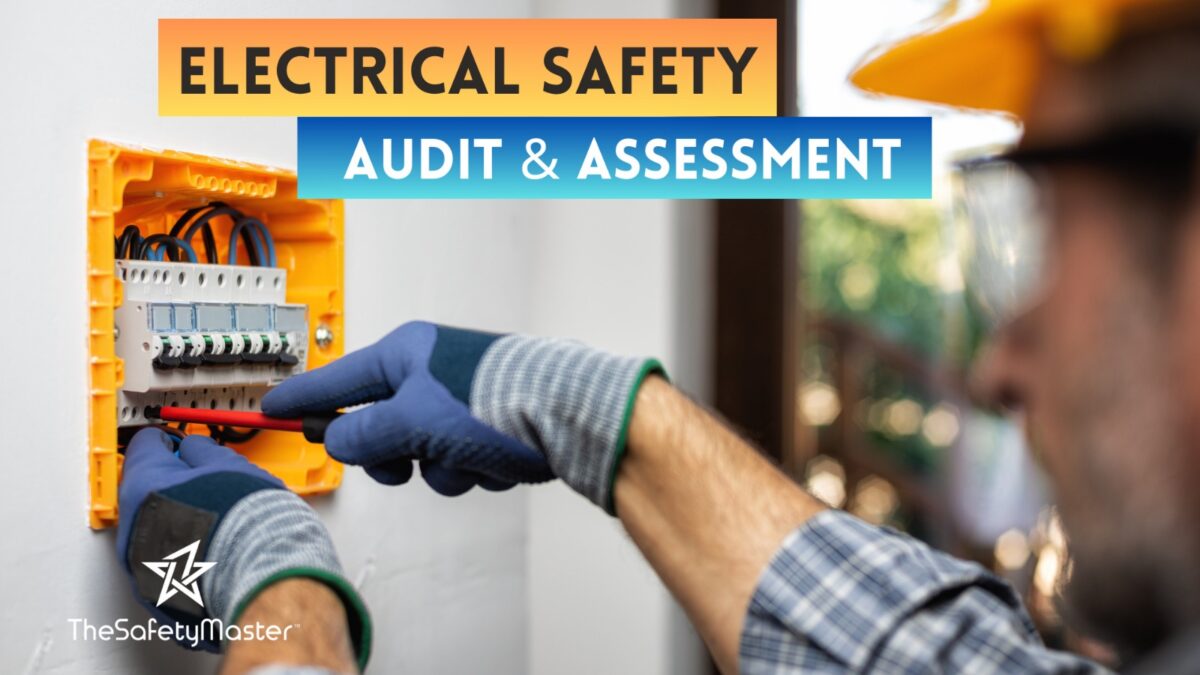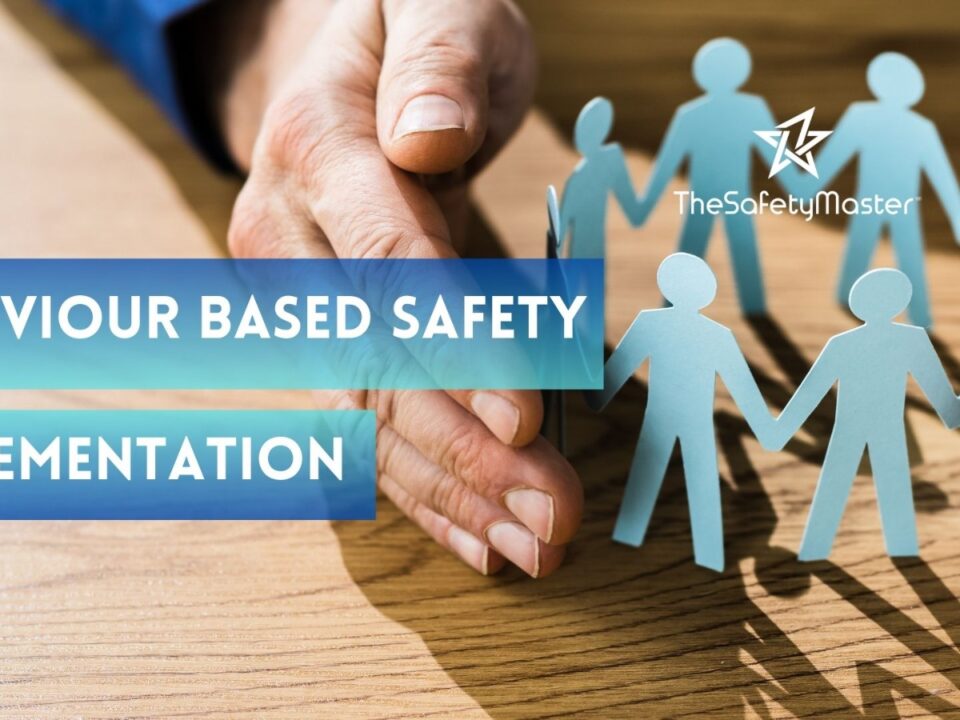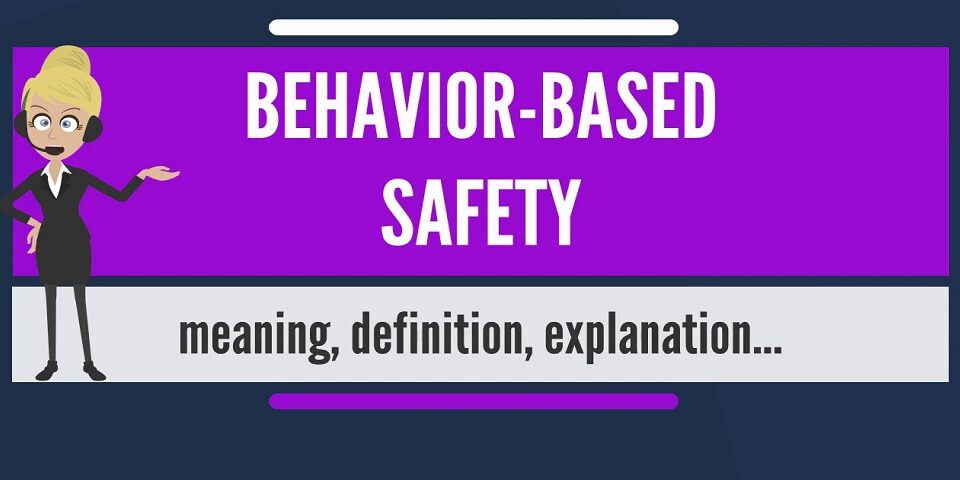Utilized to Determine a Site’s Electrical Safety Behavior

Influencing Safety Behavior Implementation via An Organizational Approach Handholding – The Safety Master
March 22, 2024
Ergonomics Safety Audit: Comprehensive Assessment of Workplace
March 27, 2024Electricity is undoubtedly one of the most vital resources in modern society, powering our homes, businesses, and industries. However, along with its countless benefits, electricity also poses significant risks, especially in the workplace. Ensuring electrical safety behavior is paramount to safeguarding both employees and assets. In this article, we’ll delve into the importance of assessing and improving electrical safety behavior on-site and introduce a powerful tool designed for this purpose – The Safety Master.
Understanding Electrical Safety Behavior
Before diving into the specifics of The Safety Master, it’s crucial to grasp what exactly is meant by electrical safety behavior. Essentially, electrical safety behavior encompasses the actions, attitudes, and precautions individuals undertake to mitigate electrical hazards and prevent accidents. This includes adhering to safety protocols, using appropriate personal protective equipment (PPE), and following established procedures for working with electricity.
The Role of The Safety Master
In the realm of occupational safety, tools like The Safety Master play a pivotal role in streamlining processes and enhancing compliance. Developed as a comprehensive solution for evaluating and improving electrical safety behavior, The Safety Master offers a range of functionalities tailored to meet the diverse needs of various industries.
Features of The Safety Master
The Safety Master boasts an array of features designed to simplify the assessment and management of electrical safety behavior. From customizable checklists and risk assessment tools to real-time monitoring capabilities, this platform empowers organizations to proactively address potential hazards and enforce safety protocols effectively.
Customizable Checklists
One of the standout features of The Safety Master is its ability to create and customize checklists tailored to specific job roles, tasks, or industry standards. These checklists serve as invaluable tools for ensuring consistency and thoroughness in safety inspections and audits.
Risk Assessment Tools
In addition to checklists, The Safety Master offers robust risk assessment tools that enable users to identify and prioritize potential hazards based on severity and likelihood. By conducting comprehensive risk assessments, organizations can allocate resources more efficiently and implement targeted mitigation strategies.
Real-time Monitoring
Real-time monitoring capabilities provided by The Safety Master allow supervisors and safety personnel to track compliance levels, identify trends, and intervene promptly in the event of non-compliance or safety breaches. This proactive approach helps prevent accidents and fosters a culture of safety within the organization.
Benefits of Implementing The Safety Master
The adoption of The Safety Master yields numerous benefits for organizations committed to enhancing electrical safety behavior. These include:
- Reduced Risk of Accidents: By facilitating thorough safety inspections and proactive risk management, The Safety Master helps minimize the likelihood of electrical accidents and injuries in the workplace.
- Improved Compliance: With its customizable checklists and real-time monitoring capabilities, The Safety Master promotes adherence to safety protocols and regulatory requirements, ensuring compliance with industry standards.
- Enhanced Productivity: By streamlining safety processes and minimizing downtime due to accidents or safety-related incidents, The Safety Master contributes to increased productivity and operational efficiency.
Case Studies
To illustrate the tangible impact of The Safety Master, let’s explore a few real-world examples where organizations have successfully implemented this solution to improve electrical safety behavior:
- ABC Manufacturing: By integrating The Safety Master into their safety management system, ABC Manufacturing reduced the number of electrical incidents by 40% within the first year, resulting in substantial cost savings and improved employee morale.
- XYZ Construction: XYZ Construction utilized The Safety Master’s risk assessment tools to identify potential electrical hazards on their construction sites proactively. As a result, they achieved a significant decrease in the frequency of near misses and lost-time accidents, enhancing overall site safety.
How to Implement The Safety Master
Implementing The Safety Master within your organization is a straightforward process that involves the following steps:
- Assess Your Needs: Determine the specific requirements and objectives you aim to achieve with The Safety Master, such as improving compliance, reducing accidents, or enhancing safety culture.
- Customize Your Solution: Tailor The Safety Master to align with your organization’s unique workflows, safety protocols, and industry standards by creating customized checklists and risk assessment templates.
- Train Your Team: Provide comprehensive training to personnel responsible for using The Safety Master, ensuring they understand its features, functionalities, and best practices for maximizing effectiveness.
- Roll Out Implementation: Gradually introduce The Safety Master across your organization, starting with pilot programs or specific departments, and gradually expanding its usage as users become familiar with the platform.
- Monitor and Evaluate: Continuously monitor the performance and utilization of The Safety Master, gathering feedback from users and stakeholders to identify areas for improvement and optimization.
Training and Support
To facilitate seamless adoption and utilization of The Safety Master, a range of training and support resources are available, including:
- Onboarding Workshops: Interactive workshops and training sessions conducted by experienced safety professionals to familiarize users with The Safety Master’s features and functionalities.
- Online Resources: A comprehensive online knowledge base comprising video tutorials, user guides, and frequently asked questions (FAQs) to support self-paced learning and troubleshooting.
- Dedicated Support Team: Access to a dedicated support team comprised of technical experts and customer service representatives available to address any queries or issues encountered during implementation and usage.
Measuring Success
Effectively measuring the success of The Safety Master implementation involves tracking key performance indicators (KPIs) aligned with organizational safety goals. Some common metrics to monitor include:
- Incident Rates: Comparing the frequency and severity of electrical incidents before and after implementing The Safety Master to gauge its impact on accident prevention.
- Compliance Levels: Assessing the degree of compliance with safety protocols and regulatory requirements as evidenced by completed checklists, audit reports, and inspection records.
- Employee Engagement: Soliciting feedback from employees regarding their perceptions of safety culture, ease of use of The Safety Master, and overall satisfaction with safety processes.
Cost Considerations
While the benefits of implementing The Safety Master are undeniable, it’s essential to consider the associated costs and evaluate the solution’s cost-effectiveness. Factors to consider include:
- Licensing Fees: The cost of acquiring licenses for The Safety Master software, which may vary depending on the number of users and features required.
- Training Expenses: Investment in training programs and resources to ensure effective utilization of The Safety Master by personnel at all




